Indonesia is struggling with managing its own trash. Not only is the country the second largest plastic waste contributor in the world, but it is also in the second place for the largest food waster, wasting 300kg of food per person per year.[1]
The lack of education and awareness on waste management in Indonesia is one major waste problem that this country has to deal with; majority of Indonesian households don’t sort their waste, they usually have several universal bins placed in their homes to dump all sorts of trash.
The problem is, waste from everyday human activities can’t be thrown away just like that. As a matter of fact, the correct wording is actually not “throw away,” but rather “sort and put“ your rubbish in the right bin.
The sorting of waste and putting them in the right is a simple activity that can be done by everyone and it starts at home. It is an effective way to reduce the number of waste that will end up on the landfills that are already running out of space.
Waste Sorting 101
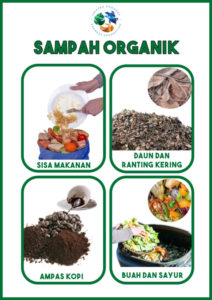
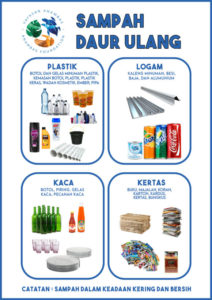
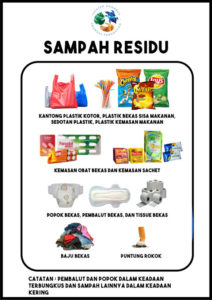
Waste sorting starts by having three separate bins placed inside your home for different types of waste. The bins represent the three most common types of waste: organic, recyclable and residual. The organic bin is for leftover food, dry leaves and other trash that can decompose naturally. Second one, recyclable bin acts as a temporary “storage” for all recyclable waste like plastic, paper, metal and glass. However, it’s important to note that all recyclable waste, especially used beverage bottles and food packaging, should be in clean and dry condition before putting them in the bin so they won’t emit bad odor when stored for a long period of time. Last one is residual, this one is quite easy to identify, anything that’s neither organic nor recyclable goes into this bin.
What about toxic and hazardous waste like batteries, lightbulbs and paint cans? As a way to keep them away from landfills, this type of waste can be put in the recyclable bin. When toxic and hazardous waste end on landfills, they can pollute the environment with their dangerous chemical content and harm people living near the landfills.
Next Steps
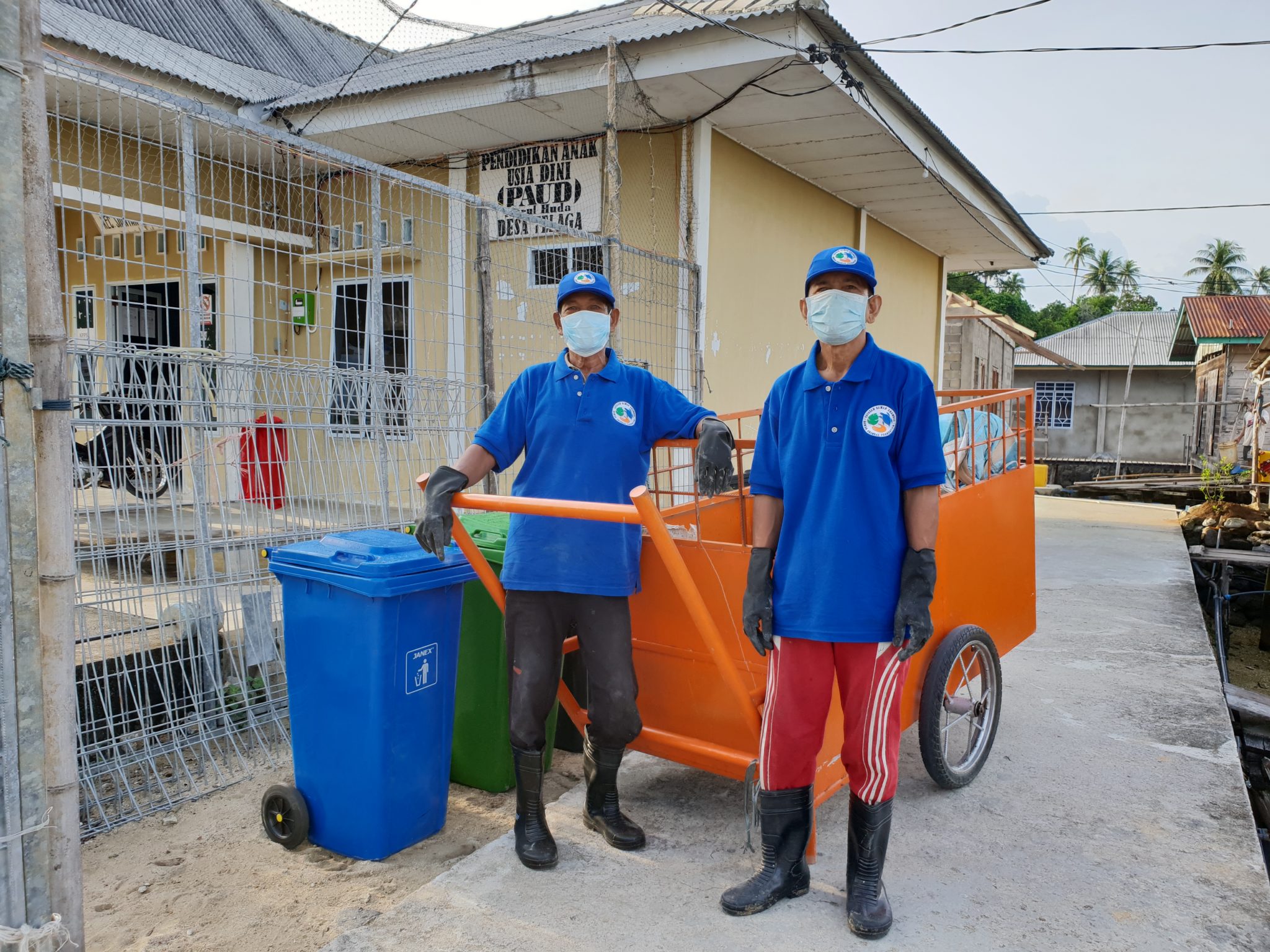
So, what’s next after all the waste has been sorted out? Won’t this waste be thrown together again into the same garbage truck? While Indonesia doesn’t have different trucks for different types of waste, this thing can be avoided if we put labels on our trash or inform the garbage collectors to not mix our waste with unsorted garbage. There are also other ways to manage our waste like converting the organic waste into organic compost that we can use for our plants or gardens; send recyclables to the nearest waste bank; or donate them to scavengers who collect trash in exchange for money. Remember, one man’s trash is another man’s treasure; what’s of no use to you might be a source of income to another person.
Source:
[1] https://foodsustainability.eiu.com/food-loss-and-waste/
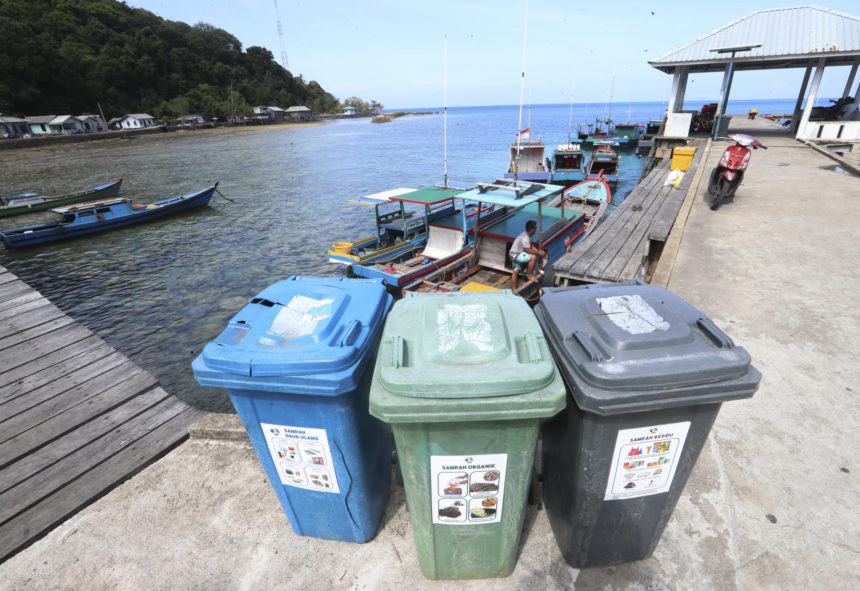
Leave a Reply